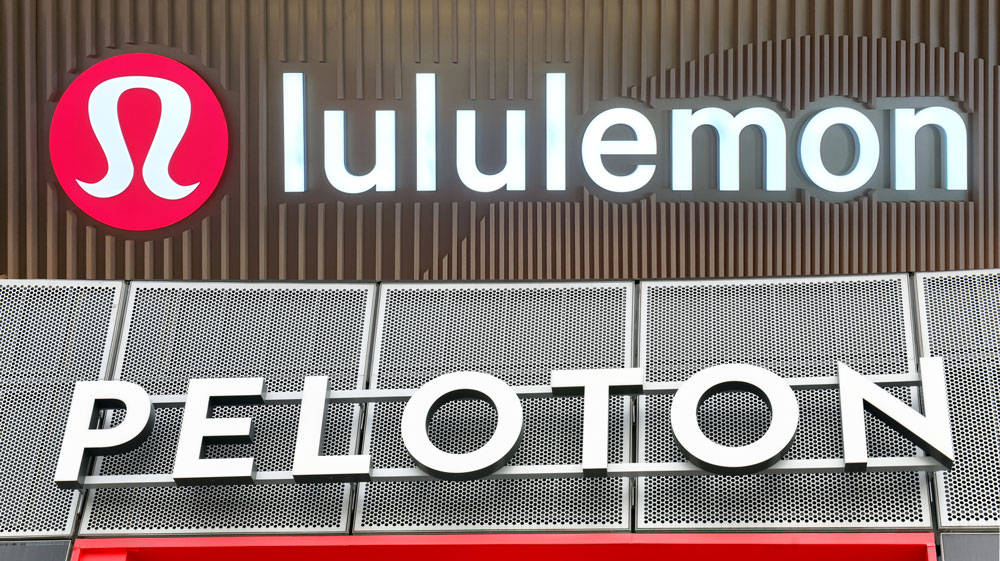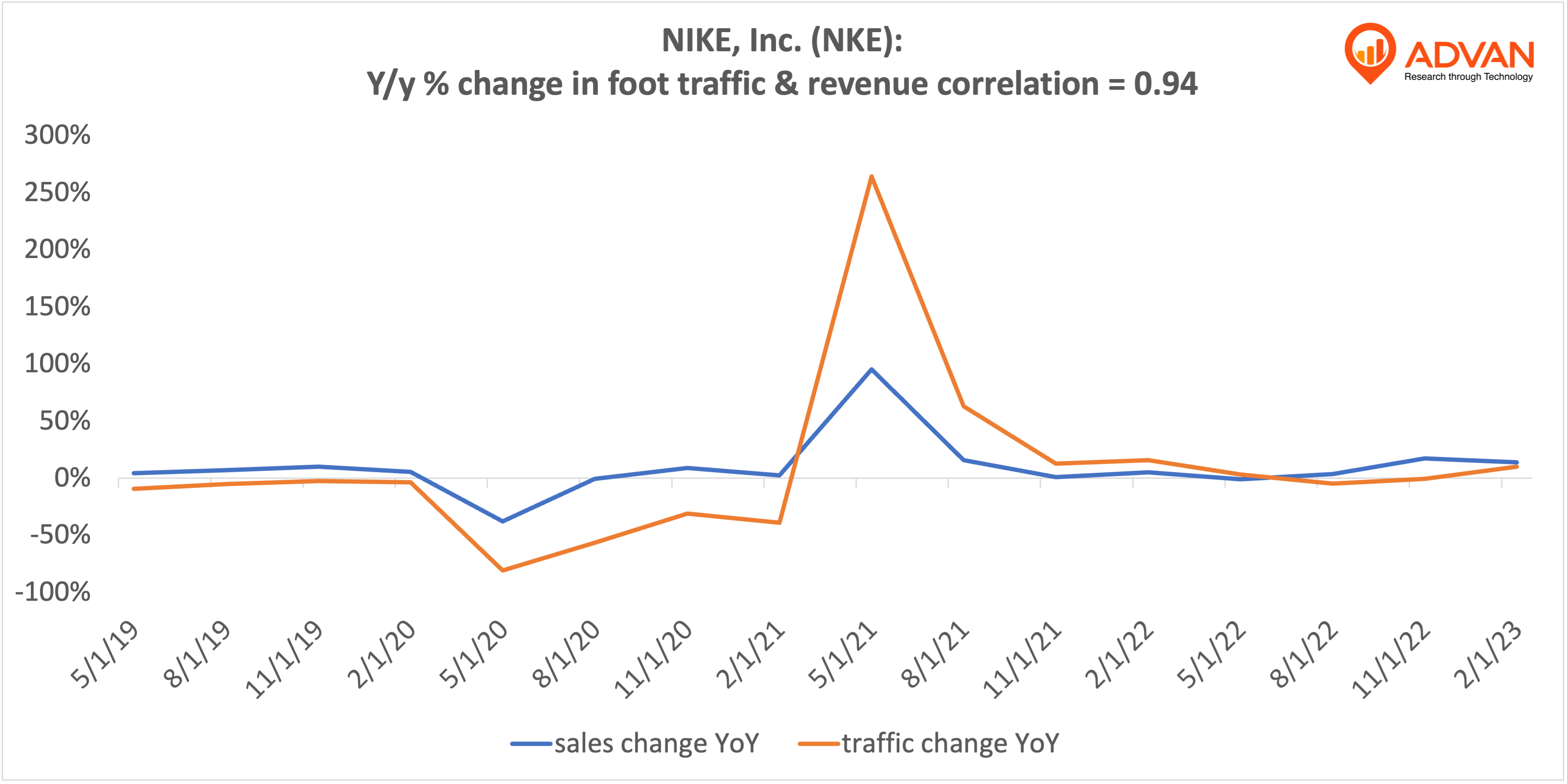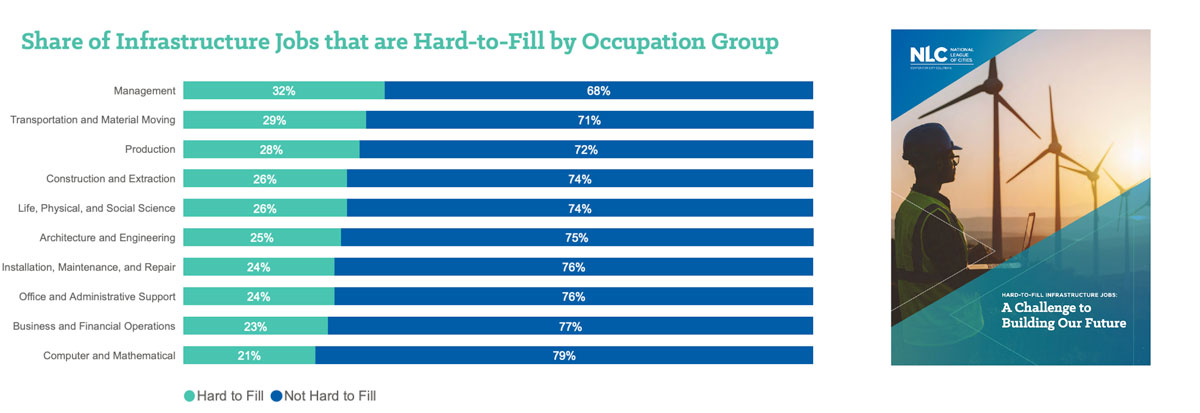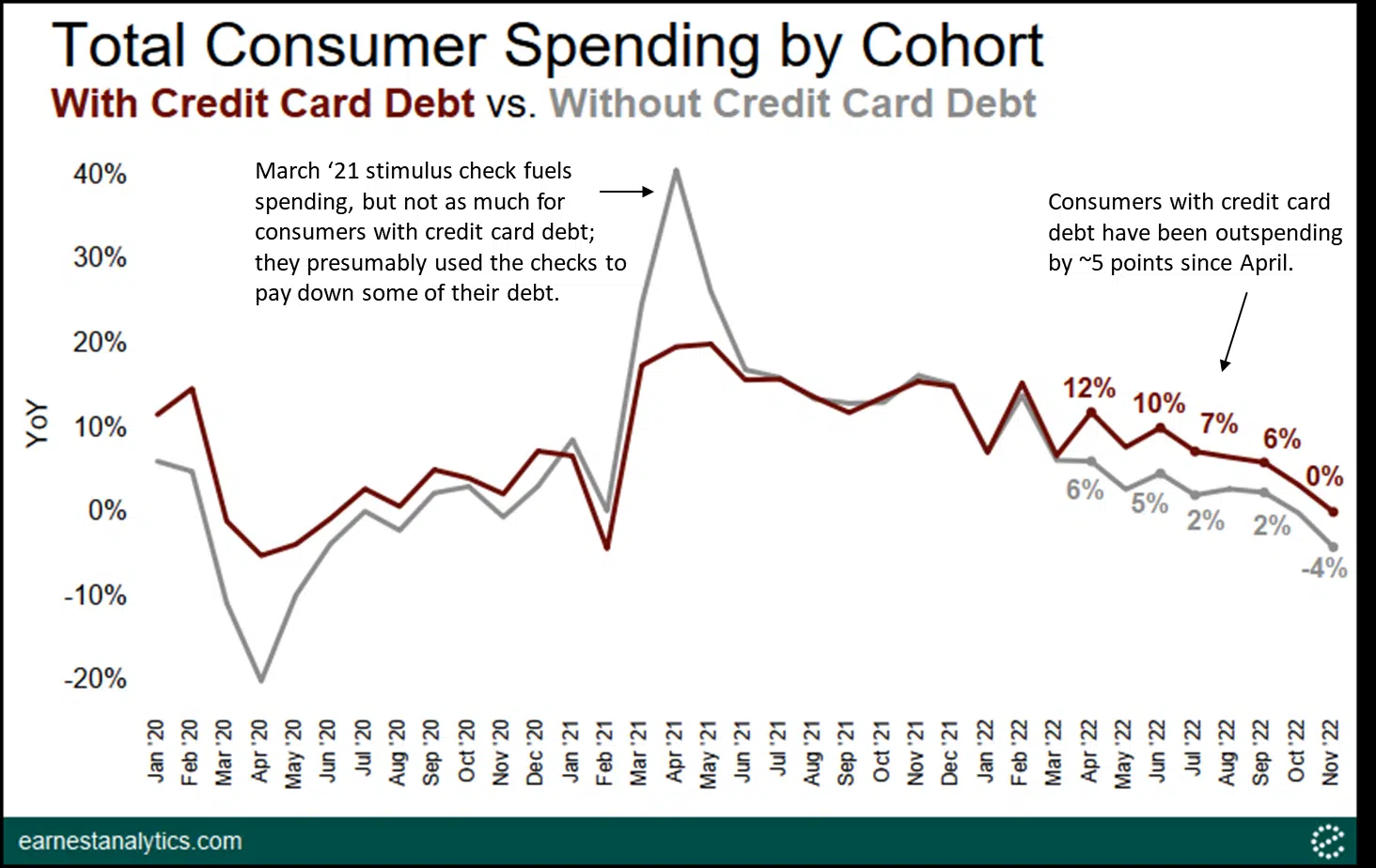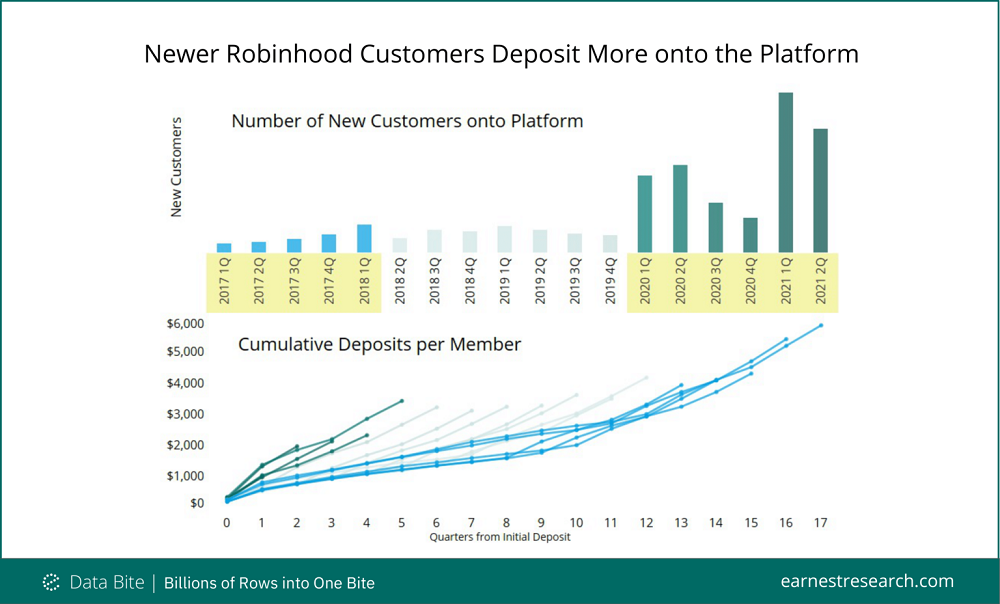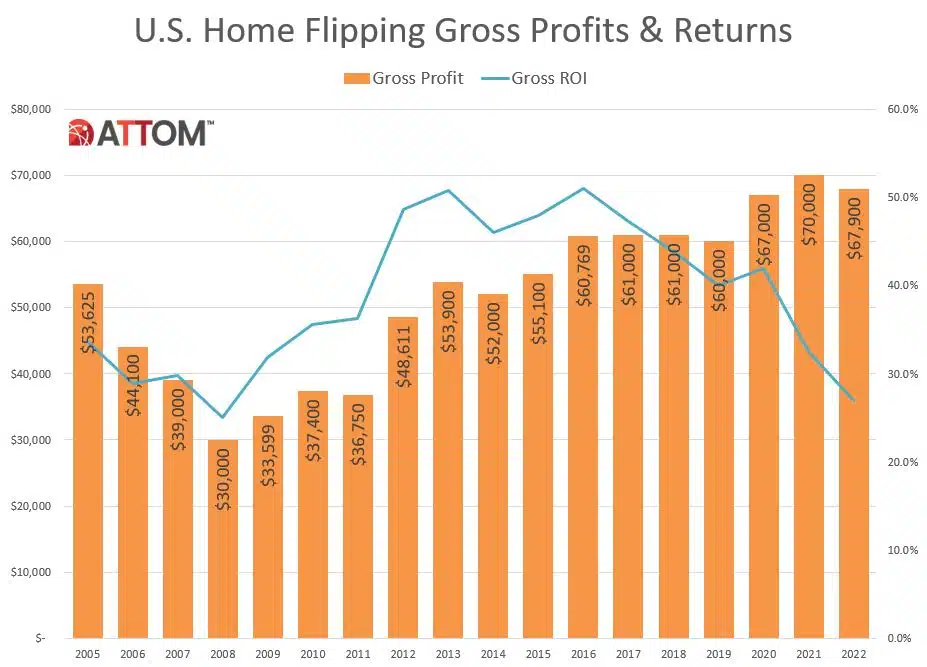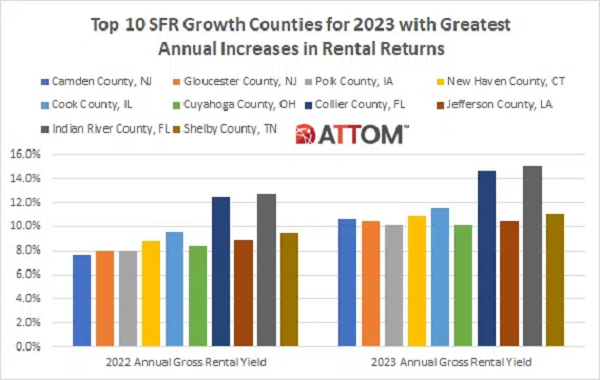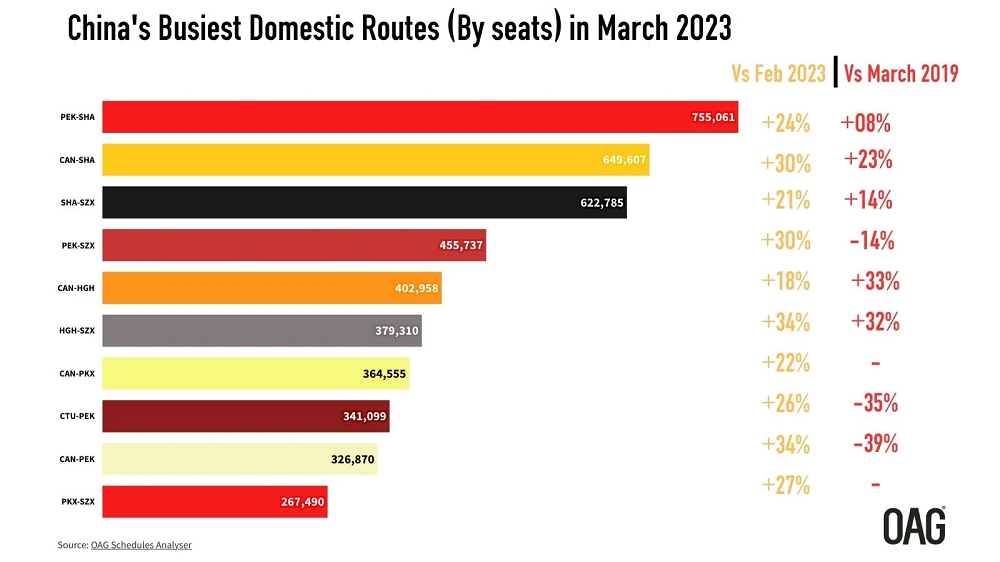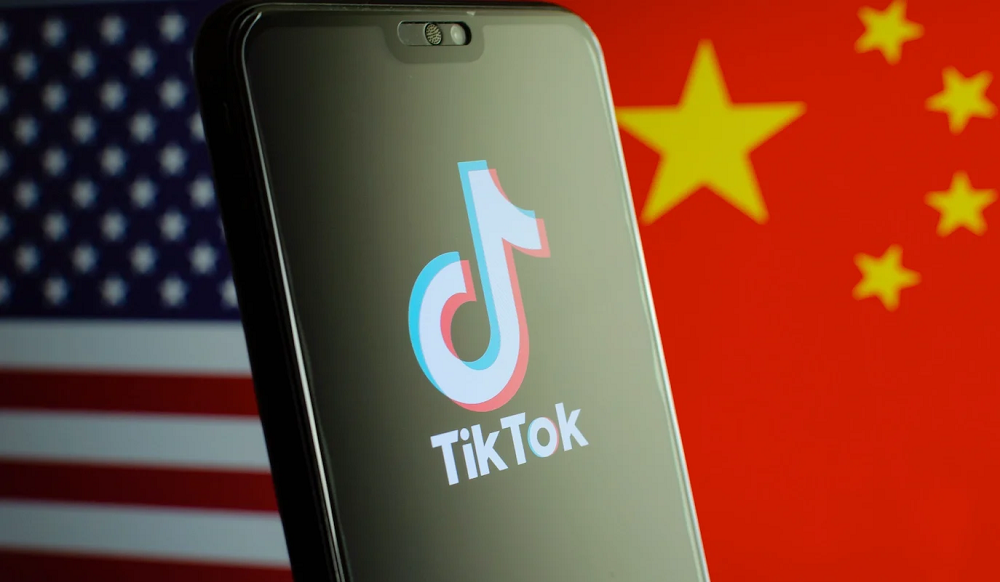The total number of claims among the entire GLP-1 class of diabetes and obesity drugs grew rapidly in the past four years according to Earnest claims data; growing 4x in the past four years with particular accelerated growth in the past several months. February 2023 alone saw growth of 78% YoY, up from \~50% YoY in 2022 and \~30% YoY in 2021. As a sign of continued growth, new-to-brand prescriptions accelerated in 2H22, and now constitute 16% of prescription claims, up from a relatively steady \~10% in the past.
We last checked in on the department store space through the lens of luxury leader Nordstrom. In this department store deep dive we took an in-depth look at Belk – a mid-tier chain based in North Carolina – which recently launched its first two Belk Outlet stores. Following the lead of other department stores, the new format signals Belk’s foray into the growing off-price market.
Our latest white paper – 10 Regional Powerhouses to Watch: Top Brands Dominating Local Markets – examines companies across five different retail and retail service categories that are highly successful in their region. Some have expanded – or are planning to expand – into new markets, while others are choosing to focus solely on their current region. But although the different businesses have different approaches to expansion, all these companies have established a strong foothold in their respective markets and are well-positioned for future growth.
As 2022 wound down, we at PlaceIQ took one last look at our Reemergence Dataset: the year-over-year index we built to power our Social Distance Tracker. The Reemergence Dataset compared a panel of foot traffic against 2019, our pre-pandemic benchmark. Throughout our analysis, we’ve spotted many hidden trends. From selective returns of consumer demand to changing dining preferences. From the quirks with the return to campuses to shopping while distancing. Before we filed the Reemergence Dataset into cold storage, we had a lingering question regarding the recovery of urban and suburban areas.
Notable Hit 1: (NKE:NYSE) On Tuesday March 21, 2023 NIKE, Inc. (NKE) posted revenues of $12.39 bn, surpassing the consensus estimates by +8.3% and in the same direction as Advan's forecasted sales. The revenue increased 14% YoY - in line with Advan's foot traffic data increase of 10% YoY at its stores for Q4 2022. Advan's footfall data has a correlation of 0.94 on a YoY basis with NKE's top-line revenue over the last 16 quarters.
The past few years have thrown plenty of curveballs at brick-and-mortar retail – and in 2020, headlines announcing store closings and proclaiming an imminent “retail apocalypse” seemed to be everywhere. But while shuttering locations can signal retail decline, rightsizing – taking proactive steps to match a company’s store configuration to actual market conditions – can also be a chain’s first step in regrouping to overcome unexpected hurdles. Retailers that prove themselves capable of reacting nimbly to a changing environment will ultimately be better positioned to thrive over the long haul.
On March 20, 2023, Foot Locker Inc (NYSE: FL) reported fourth quarter revenue that exceeded investors’ expectations and remained relatively consistent compared to the year before. The day after Foot Locker’s earnings call, Nike Inc (NYSE: NKE) also announced an earnings surprise for its third fiscal quarter of 2023. Bloomberg Second Measure’s transaction data correctly projected the earnings surprises for both Foot Locker and Nike within one percent of reported revenue, beating mean consensus estimates.
TikTok, the most popular social media app for Gen Z, could be facing a ban in the United States based on fears (maybe facts, not sure) that China is using the app to gain information on US citizens. Another country who is at odds with China, has already banned more than 250 apps originating from the country. TikTok is one of those, and on June 30, 2020, it was suddenly nowhere to be found on the app stores in India. The fallout in the country's social media landscape could have insights into what might play out in the US.
Darden Restaurants is one of the world’s largest restaurant groups. The company owns nearly 2,000 restaurants, from its higher-end concepts such as Eddie V’s and The Capital Grille to its more casual dining options, which include Olive Garden and LongHorn Steakhouse. With restaurants across the country continuing to feel the inflationary pressures, how is the brand faring? We take a closer look.
March Madness is here and millions of viewers will be tuning into this year's NCAA Basketball tournament to cheer on their favorite team, or live out the heartbreak of an upset. And while many die-hard fans will be glued to their monitors, this tourney offers non-sports addicts the opportunity to flex their luck by participating in bracket pools with their friends and colleagues.
In recent years, demand for self-storage facilities has grown relative to the pre-pandemic era. For many consumers at the onset of the pandemic, the prospect of spending more time at home induced a decluttering spree that necessitated extra storage. At the same time, many Americans relocated and businesses re-evaluated their office needs – transitions that often required storage space.
Notable Hit 1: (FIVE:NASDAQ) On Wednesday March 15, 2023 Five Below, Inc. (FIVE) posted revenues of $1.12 bn, surpassing the consensus estimates by +1% and in the same direction as Advan's forecasted sales. The revenue increased 12.7% YoY - in line with Advan's foot traffic data increase of 14.5% YoY at its stores for Q4 2022. Advan's footfall data has a correlation of 0.82 on a YoY basis with FIVE's top-line revenue over the last 15 quarters.
The retail landscape continues to shift, and companies are adapting to meet changing consumer demands and preferences. To better understand current trends, we analyzed location intelligence metrics for two brands successfully navigating tricky economic waters: Nike and lululemon. With interest in fitness and sporting goods still strong, both companies are focusing on new growth opportunities and continuing to expand their brick-and-mortar presence despite the ongoing headwinds.
Temu, the ecommerce company owned by Pinduoduo, has had its mobile app installed by 50 million people since it launched in September 2022. Even with its late 2022 launch, it managed to become the 8th most downloaded shopping app in the United States last year. Both SHEIN and Wish took about 3 years to cross 50 million installs whereas it's taken Temu about seven months.
2022 saw continued foot traffic growth in the grocery category nationwide. And as rising food prices continue to weigh on the consumer, the grocery space remains top of mind for retailers and analysts with their finger on the pulse. Grocery is a regionally-focused retail category, meaning that leading brands tend to dominate specific geographic areas of the country. In this blog, we’ll dive into the leading grocery chains in the Midwest to take a closer look at the ways brands are driving foot traffic to their stores.
When many Americans sheltered in their homes early in the coronavirus pandemic, meal delivery sales reached new heights. Consumer transaction data shows that in April 2020, combined sales for major meal delivery services grew 162 percent year-over-year and 59 percent compared to the previous month. Despite new macroeconomic challenges such as rising food prices, competition from dine-in restaurants, and increased fuel costs, the meal delivery industry as a whole is continuing to see some growth, though at much lower rates than those pandemic peaks.
Pop-up shops are nothing new on the retail scene, with Japanese fashion house Comme de Garcons debuting the "guerrilla shop" back in 2004. Since then, more and more retailers have jumped on the pop-up train, seeing the format as a fast, affordable, and engaging way to promote their products. We take a closer look at a few different pop-up retail experiences to understand how brands can leverage this format to expand their reach and tap into new markets.
Pizza has always been one of the most popular fast food delivery options. After all, who has the willpower to refuse an alluring slice of pizza? Measurable AI is the largest e-receipt data provider for the emerging markets specializing in the digital economy. In light of Pi day yesterday (14th March), we take a look at our own “pie” data – i.e. pizza. In particular, we delve into the Vietnamese pizza delivery market as discerned from our 2H22 Grab dataset to see what insights can be unearthed. Some food for thought indeed.
Customers are returning to major theater chains Cinemark, Regal, AMC, and Marcus, but they aren’t going at the same time as before the pandemic. Overall theater visits fell to nearly zero in the early months of Covid-19 in 2020. As theaters reopened in geographies with varying levels of restrictions and work-from-home adoption, the time of day people visited those theaters also changed.
Our latest white paper examines the ways in which business and travel have changed over the past few years. As the pandemic took hold and work-from-home mandates became widespread, business travel came to a halt and office blocks emptied out. After many stops and starts, COVID-19 surges, and inflationary pressures, how has traveler behavior shifted? This white paper digs into the foot traffic data to understand how business travel has changed following the events of the past few years. Read on for a taste of our findings.
